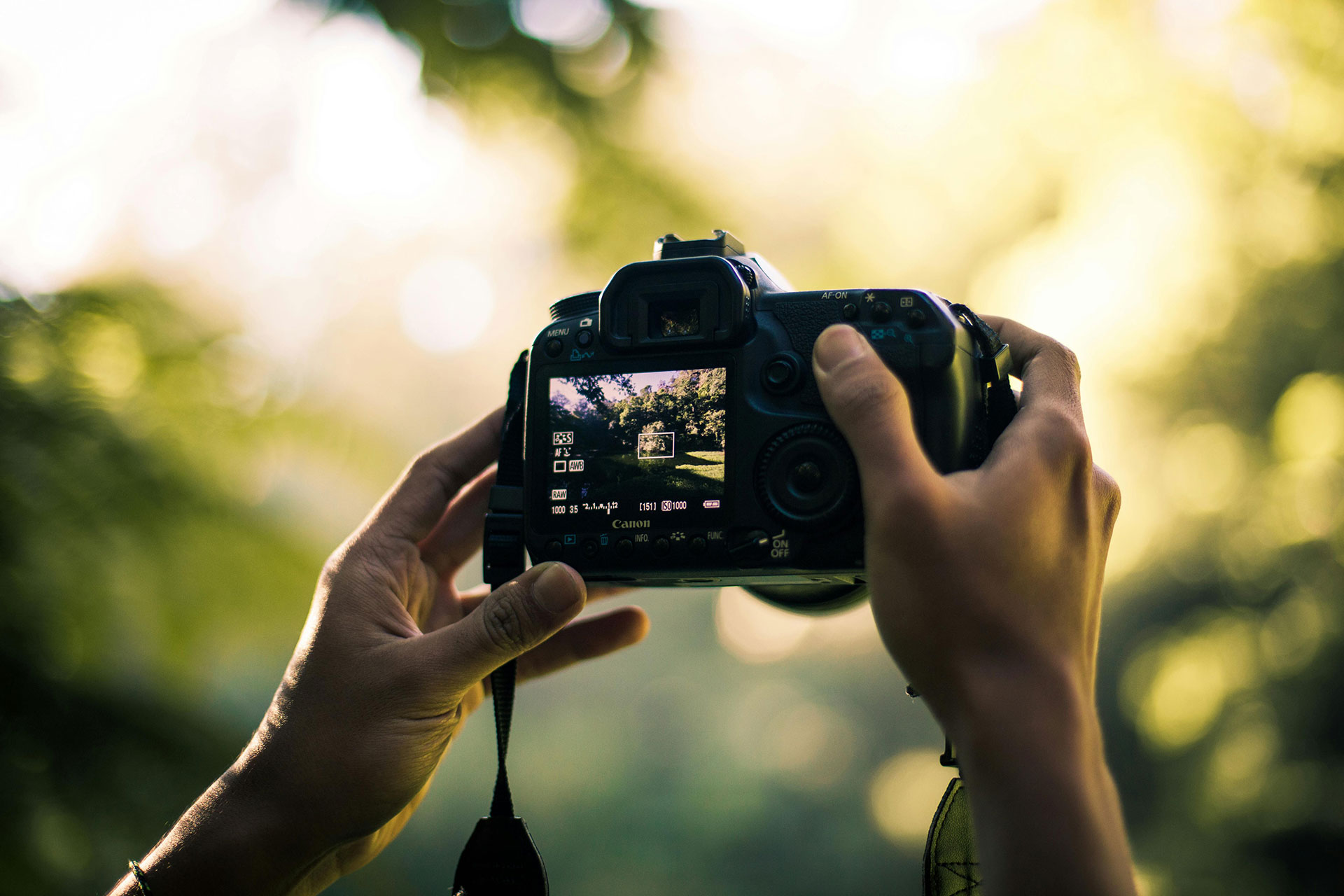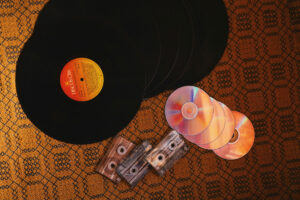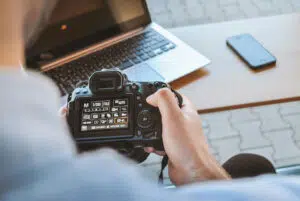Mastering exposure is the key to capturing stunning photographs. Whether you’re shooting street photography in the urban concrete city or testing a fast prime lens during golden hour, understanding how to balance ISO, aperture, and shutter speed ensures your images are well-exposed and full of detail. Each of these three settings plays a crucial role in photography, influencing brightness, depth of field, and motion blur.
Learning to control them together will elevate your photography skills, whether you’re using a Fujifilm camera or any other system. This complete exposure triangle guide for beginners and professionals will help you understand these settings and use them effectively.
What Is the Exposure Triangle?
The Exposure Triangle consists of ISO, aperture, and shutter speed—three fundamental settings that determine how light is captured in an image. Adjusting these settings correctly balances exposure while maintaining the desired artistic effect. This step-by-step guide to mastering the exposure triangle in photography will break down each component in detail.
ISO: Sensitivity to Light
ISO controls how sensitive your camera’s sensor is to light. Lower ISO values (e.g., ISO 100-200) produce cleaner images with minimal noise, while higher ISO settings (e.g., ISO 3200+) increase brightness but introduce grain, especially in low-light situations.
Low ISO settings, such as ISO 100-400, are ideal for bright conditions, including street photography and controlled studio lighting. Medium ISO values, ranging from ISO 400-1600, are useful in cloudy environments, indoor settings, or golden hour shots where additional brightness is needed.
High ISO levels, typically ISO 1600-6400 or above, help in night photography, concerts, or dimly lit environments where maintaining a fast shutter speed is necessary to avoid motion blur. By mastering this part of the how to balance ISO, shutter speed, and aperture in different lighting guide, you’ll be able to shoot in various lighting conditions effectively.
Aperture: Controlling Depth of Field
The aperture refers to the opening in the lens that controls how much light enters. It is measured in f-stops (e.g., f/1.4, f/8, f/16), and a lower f-number means a wider aperture, while a higher f-number means a narrower aperture. This setting not only influences exposure but also plays a key role in depth of field, which determines how much of your image is in focus.
A wide aperture (f/1.0 – f/2.8) allows more light to enter, making it ideal for low-light conditions and portraits where a shallow depth of field helps isolate the subject from the background. This effect is commonly used in portrait photography to create a pleasing blur, or bokeh, in the background.
A medium aperture (f/4 – f/8) strikes a balance between sharpness and background separation, making it ideal for general photography, travel shots, and street photography where a bit more of the scene needs to be in focus. On the other hand, a narrow aperture (f/11 – f/22) increases depth of field, keeping everything in focus from foreground to background.
This is an essential part of understanding the best camera settings for perfect exposure in photography for landscape and architectural photography.
How to Balance ISO, Aperture, and Shutter Speed for Perfect Exposure
Balancing ISO, aperture, and shutter speed is essential for achieving the correct exposure in any lighting condition. Each of these settings interacts with the others, meaning adjusting one requires compensating with another. A low ISO (100-400) keeps noise to a minimum but requires more light from a wider aperture or slower shutter speed.
A high ISO (800-3200) brightens the image but introduces grain, making it necessary to use it only when needed. Aperture controls both light intake and depth of field, so selecting a wide aperture (f/1.4 – f/2.8) allows more light in but reduces background sharpness, while a narrow aperture (f/8 – f/16) keeps everything in focus but requires more light.
Shutter speed determines how motion is captured, with faster speeds (1/500s or higher) freezing movement and slower speeds (1/30s or lower) introducing motion blur. By adjusting these three elements together, photographers can achieve well-balanced exposures suited for different scenarios, such as bright daylight, low-light environments, or action shots.
This best exposure triangle guide for perfect photography settings provides a practical approach to mastering these settings and creating the perfect exposure for any shot.
Tips for Achieving the Right Exposure
Achieving the right exposure requires practice and understanding how ISO, aperture, and shutter speed interact. Here are some practical tips:
Use the Lowest ISO Possible
Keep ISO low to reduce noise and maintain image clarity, increasing it only when necessary.
Adjust Aperture for Desired Depth of Field
Choose a wide aperture (f/1.4 – f/2.8) for portraits and a narrow aperture (f/8 – f/16) for landscapes.
Choose the Right Shutter Speed
Fast shutter speeds (1/500s or faster) freeze motion, while slower speeds (1/30s or lower) create motion blur for artistic effects.
Utilize Exposure Compensation
When using semi-automatic modes like Aperture Priority or Shutter Priority, adjust exposure compensation to fine-tune brightness.
Check the Histogram
Reviewing the histogram on your camera helps ensure proper exposure without clipping highlights or shadows.
By incorporating these tips into your workflow, you can refine your photography skills and consistently achieve the right exposure for any scene.
Final Thoughts
Balancing ISO, aperture, and shutter speed is the foundation of mastering exposure. Whether you’re capturing dynamic street scenes, experimenting with golden hour lighting, or testing a fast prime lens, understanding how these settings interact ensures consistently great photos.
This how to use the exposure triangle to improve your photography skills guide provides the foundation to help you practice different lighting conditions, analyze your shots, and refine your approach. Happy shooting!






